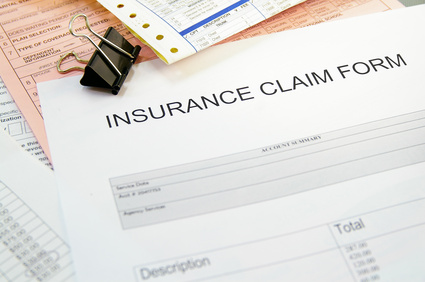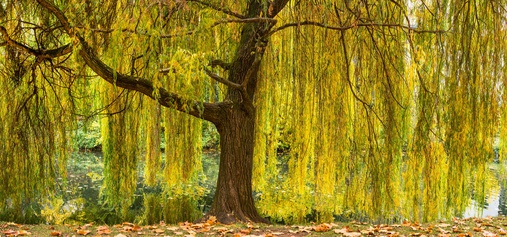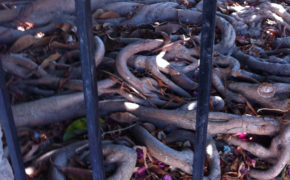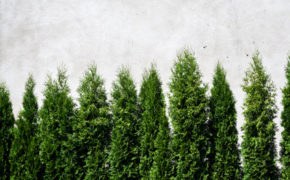
Get a quick no obligation quote It’s free and will only take a jiffy!
Will Trees on or Near my Land Affect my Home Insurance?
If you are taking out a home insurance policy, you can expect to be asked about trees in the vicinity of your property, particularly if there is evidence of past issues or a claim has previously been made for issues connected with trees.
Trees can be associated with subsidence and heave as well as posing a risk of falling or shedding branches leading to property damage and third party liability. There is also the potential for blocked drainage due to leaves or again, growing roots.
If you have trees on your land or nearby, it won’t necessarily mean your premium will be inflated and it shouldn’t be the case that you are declined cover. However, you will need to be careful about any warranties that are included within your policy. These are ‘promises’ you make to the insurance provider, and if you don’t stick to them, you could find that when you need to make a claim, your cover is not valid.
What should I look out for when taking out home insurance?
It may be for example that you are required to periodically instruct a qualified professional arborist to conduct a tree survey to ensure the safety of the trees, or to take steps to ensure the trees are professionally maintained. You may also be required by warranty to regularly clear your guttering of leaves, as blocked drainage is a well-known cause of leaks and mould.
You will also need to carefully examine your excesses. For subsidence, these can be quite high, particularly if you have trees nearby as in some cases roots can be the cause.
Also be careful with ‘heave’, which can also carry a significant excess. You may be concerned about a tree on your land and decide it would be best to remove it. However, in doing so, you could cause what is known as ‘heave’. This is when the soil swells due to the additional moisture that is no longer being taken by the tree’s roots. It can cause a lot of damage to properties in the vicinity, so it is imperative that expert advice is taken before taking any action. You’ll also need to check if there is a Tree Preservation Order in place before removing a tree, otherwise you could face a penalty.
What will I be asked by the insurer?
You will usually be questioned about the number of trees near to your property; the species of the trees; the height of the trees and their proximity to your property. You may also be asked about maintenance, for example how often your guttering is cleared and whether you engage a professional to regularly trim your trees, if they are on your land. If you are ready with this information when obtaining your quote then it will make the process more straightforward.
If you have any particular concerns then it is always wise to engage a tree surgeon to conduct a tree report. This will identify any potential issues. By the same token, it will give you peace of mind, and an official clean bill of health to show your insurer.
What species of trees are of particular interest to insurers?
Willow trees can pose a particular risk, not just because they create a vast network of shallow roots that spread in all directions and can potentially cause subsidence, but also because the roots are easily damaged. Even a slight disturbance of the soil around the tree can render the roots damaged, leading to a weakening of the tree which can result in it being more susceptible to damage caused by disease, insects or harsh weather conditions.
Sycamore trees are one of the biggest culprits when it comes to damage caused by roots, but they are also prone to disease and damage from pests which can weaken the tree and render it dangerous in high winds.
Oak trees suffer a similar issue, and recently it was in the news that oak trees in the UK could be under threat from the Xylella disease, which it is said could have an even greater than the ash dieback epidemic.
Poplar and plane trees are also considered a high risk for root related damage.
In summary
All in all, it shouldn’t be impossible to obtain suitable home insurance for your property if you have trees on or near your land, and in most cases you won’t be charged an over-the-top premium. Just be careful about warranties and excesses, and if you are ever in any doubt as to the safety of trees on your land, take the appropriate action sooner rather than later, as failure to do so could put any claim in question.
If you would like to arrange an official tree report for trees on your land, contact T.H. Tree Services: fully qualified, experienced tree surgeons serving all of Essex and East London.
Amazing service from Mark and his team. We had a problem with Bamboo that had spread from a neighbours garden. Mark kept us informed with regular phone calls and images of how the work was progressing, as we were not present the house. 1st class job and a pleasure to do business with this company.
Thank you Colin and Gillian for your kind review. It was a pleasure to be able to clear the bamboo for you.










